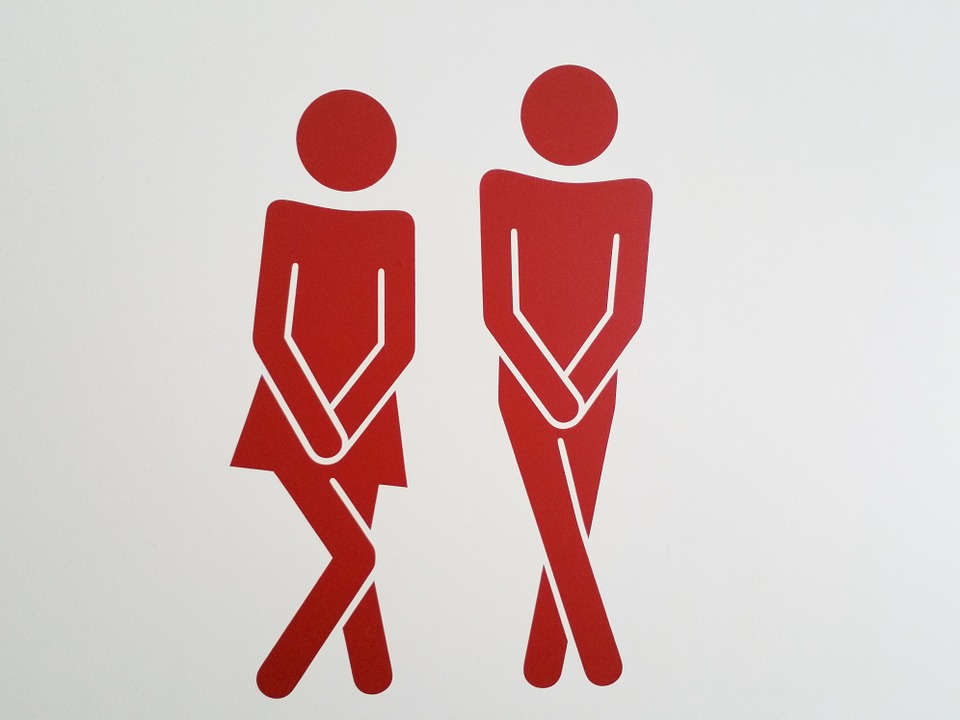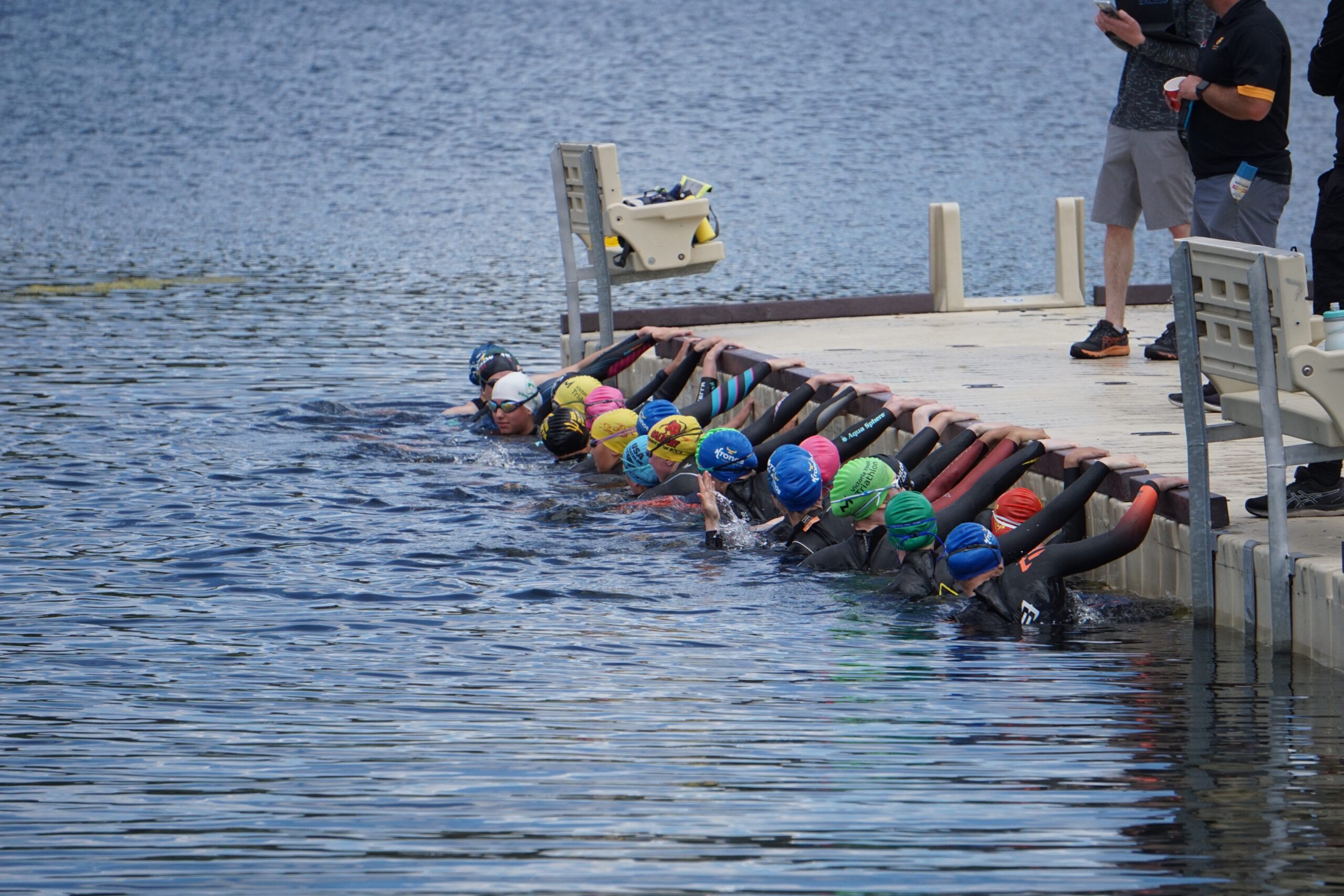Pelvic Health Physiotherapy, Physiotherapy, by Adrienne Sim
Contrary to what you see in the media, leaking urine is NOT normal. To prove our point, here are 7 myths about urinary incontinence that apply to all genders and ages:
Myth #1
“Light Bladder Leakage” and/or “Exercise Induced Leakage” is just part of being a woman, or just a side effect of ageing
MYTH BUSTED!
NO amount of leakage is normal.
There are different types/causes of urinary incontinence. In fact, it is very common, with 1/3 women in the general population experiencing these symptoms5 and affecting 3.3 million Canadian men and women of all ages.
Urinary incontinence is normalized by the media and continence product industry and misunderstood as being a consequence of having a baby or a side effect of ageing. It is often associated with feelings of shame, as well as withdrawal from activity and social interaction, which can negatively affect health and lead to a decreased quality of life.
There is help! High-level research shows that pelvic floor muscle training is highly effective in the treatment of urinary incontinence and should be used as a first line treatment1,3.
Myth #2
Pelvic floor/core needs to be strengthened
MYTH BUSTED!
It’s not always about strengthening, but rather about optimizing the function of the entire system. Simply focusing on strengthening the pelvic floor and core could lead to an over-active/tight pelvic floor/core, which can lead to additional issues such as bladder or bowel urgency, frequency, constipation or even injury where the core cannot be responsive to the demands of the task.
Some people need to learn to relax their pelvic floors before they can start training them up again. Some people need to learn to balance out their abdominals and breathing strategies to manage pressure/impact and address the demands of their particular sport or activity.
Alternatively, urinary incontinence could also be linked to other issues/previous injuries like the hip, knee, foot or even the shoulder. This brings us to the importance of individual assessments of the pelvic floor and core and what is needed in order to train and optimize function in that individual – there is no recipe or one exercise that will resolve this issue!
Myth #3
Athletes don’t experience urinary incontinence
MYTH BUSTED!
Research has shown that urinary incontinence does happen in athletes and even happens in young athletes who have not had babies. The rates of urinary incontinence vary and are most commonly associated with sports involving running and jumping. In fact, it has been shown that up to 80% of trampolinists experience urinary incontinence4.
Fitness professionals including yoga and Pilates instructors also have comparable rates of urinary incontinence to the general population at 30%2.
Urinary incontinence should not be disregarded in athletes and fitness professionals, but rather should be viewed as a performance optimizing issue and treated as a sports medicine concern.
Exercise is not necessarily protective if there is an underlying dysfunction – tip the scales to unmask that dysfunction.
Myth #4
Kegels don’t work
MYTH BUSTED!
Yes they do, but only when done correctly. Research has shown that up to 60% of people do a pelvic floor contraction (also known as a kegel) ineffectively or incorrectly with verbal instructions6. Accessing the pelvic floor needs to be properly taught, individualized, closely supervised and integrated into function in order to be effective. At Fortius, we also use an ultrasound machine for real-time feedback of pelvic floor contractions.
Pelvic floor awareness with the ability to contract and relax effectively is a basic foundation. Treatment also needs to go beyond the kegel and be activity/sport specific.
Myth #5
It’s normal to experience urinary incontinence when pushing your body to the max
MYTH BUSTED!
Often, urinary incontinence with maximal exertion is misunderstood as a consequence of pushing the body to its physiological limits. HOWEVER, this indicates that something in the system is not working in an optimal/balanced manner (i.e., not managing pressures or impact well or a muscle imbalance issue).
In this case, the body is not meeting the demands of your sport, which can potentially lead to bigger problems down the line (altered movement patterns, withdrawal from activity or even potential injury). Not all people leak on maximal effort, it is important to know that this can be treated and people can give maximal effort in sport and stay dry.
Myth #6
I will have to stop my activity/exercise/sport while getting pelvic floor treatment
MYTH BUSTED
The goal of pelvic floor treatment is to maintain activity/sport participation at a subthreshold/symptom-free level. Training needs to be adapted in order to address the underlying issues which will ultimately allow for the body to adapt and help to prepare the individual for the next level of performance.
The typical training principles apply with respect to specificity of training to address inefficiencies such as fatigue (endurance), capacity (strength), form/strategies used and compensatory patterns.
Myth #7
It’s too late to get help
MYTH BUSTED
It’s NEVER too late!
At Fortius, we offer pelvic floor physiotherapy to help with conditions such as bladder and bowel control, pre and post-natal care, chronic pelvic pain and more.
We use real-time ultrasound and internal examinations, and our Pelvic Health Physiotherapists are also trained in Clinical Pilates, incorporating Pilates principles and evidence-based practice for an individualized, whole-body, sport-specific treatment approach.
Visit our website to learn more, or to book your first appointment!
Did you know Triathlon BC members receive a preferred rate on select injury prevention and performance testing? If you’re a current Triathlon BC member, Redeem here to save up to 25% using promo code TriFortius2018.
References
- Abrams, P, Cardozo, L, Wagg, A, Wein, A. (Eds) Incontinence 6th Edition (2017). ICI-ICS. International Continence Society, Bristol UK, ISBN: 978-0956960733.
- Bo, K., Bratland-Sanda, S., Sundgot-Borgen, J. 2011. Urinary incontinence among fitness instructors including yoga and Pilates instructors. Neurourology Urodyn. 30, 370-373.
- Dumoulin, C., Cacciari, L., Hay-Smith, J. 2018. Pelvic floor muscle training versus no treatment, or inactive control treatment, for urinary incontinence in women. Cochrane Database Systematic Review
- Eliasson, K., Larsson, T. Mattson, E. 2002. Prevalence of stress urinary incontinence in nulliparous elite trampolinists. Scand J Med Sci Sports 12, 106-110
- Hunskaar, S., Lose, G., Sykes, D. et al., 2004. The prevalence of urinary incontinence in women in four European countries. BJU Int. 93(3), 324-330.
- Thompson, J., O’Sullivan, P. 2003. Levator plate movement during voluntary pelvic floor muscle contraction in subjects with incontinence and prolapse: a cross-sectional study and review. Int Urogynecol J Pelvic Floor Dysfunction. 14(2): 84-8.




